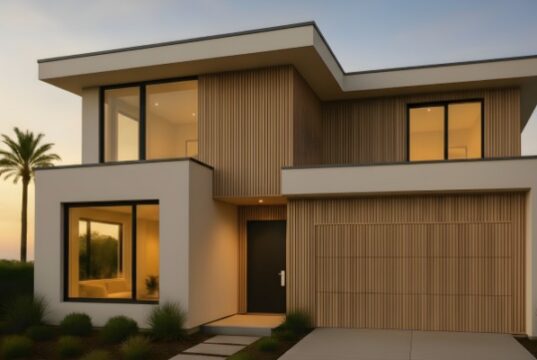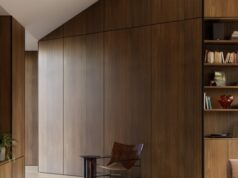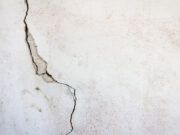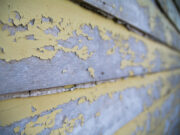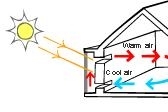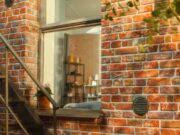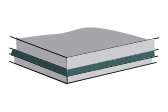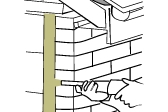What the cracks in your walls are trying to tell you
Did you know that cracking walls and uneven floors in homes are usually symptoms of a deeper, structural problem?
For home owners, regardless of where...
Installing plasterboard walls and insulation
Installing plasterboard walls and insulation is a crucial phase in the construction or renovation of your home. This process not only defines the internal layout but also enhances thermal and acoustic performance. Whether you're a DIY enthusiast or working with professionals, understanding the steps involved ensures a quality finish.
Beware of lead paint when renovating
Everyone knows about asbestos, but it’s surprising how few people realise how much of a risk lead paint can be – and just how...
Wall and ceiling checklist
Created and approved by the BUILD.com.au team, this wall and ceiling checklist is designed to guide you through the process step by step—whether you’re...
Types of wall materials
The materials you use for the walls in your home will affect how your home looks (both inside and out), how it'll stand up...
Wall design
The walls of your home can represent a significant amount of mass, and depending on how they're positioned can be used to either collect...
Double brick walls and RWAR
When you're planning a renovation or extension and want serious performance in soundproofing, fire safety and thermal control, double brick walls—or a more advanced room-within-a-room (RWAR) system—can make a big difference.
Plasterboard walls and soundproofing
Plasterboard walls are a staple in Australian homes, offering a versatile, cost-effective, and efficient solution for creating internal partitions. Whether you're constructing a new home, renovating an existing space, or upgrading for better soundproofing and fire resistance, understanding plasterboard wall systems is crucial.
Barrier board
Barrier boards, also known as acoustic boards, are specially designed boards that feature two outer layers sandwiching a sound absorbing material. They are a...
Wall insulation
Thermal insulation is particularly important for walls too. How well your walls are insulated can make a serious difference to how hot your house...

